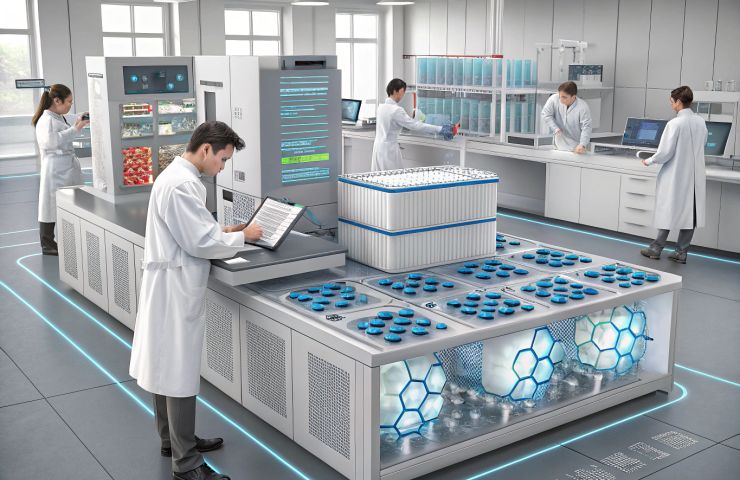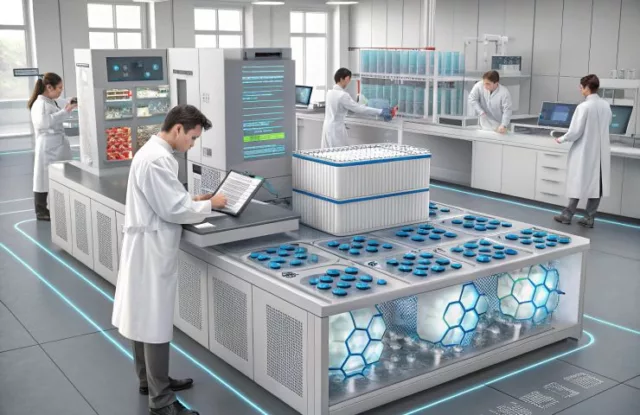
Professors Shuiyun Shen and Junliang Zhang from Shanghai Jiao Tong University have taken a fresh look at how we can push clean hydrogen technologies to the next level. Their latest review focuses on a big hurdle in the way of progress: getting better oxygen transport in PEM fuel cells and PEM water electrolyzers.
Finding smarter ways to move oxygen
So, what’s the issue? In a nutshell, current electrochemical layer designs still have a hard time efficiently moving oxygen where it needs to go. That may not sound like much, but it can really hold back performance and drive up the price of fuel cell technology. Shen and Zhang dive deep into this problem, pointing to some pretty exciting ways to fix it.
They’re exploring techniques like crafting pore structures that are just the right size to guide oxygen more efficiently, opting for oxygen-permeable ionomers that make the flow smoother, and adding materials like PBI to boost overall performance. The takeaway? Better oxygen transport means cheaper materials, stronger output, and fewer technical headaches—which all help bring hydrogen fuel cells closer to real-world scalability.
Stepping into a more sustainable future
Set against the backdrop of Shanghai’s high-energy innovation scene, this research isn’t just about tweaking fuel cells for the sake of it. It’s part of a much bigger push toward worldwide sustainable energy. Improving how we build and design systems for hydrogen production through electrolysis isn’t just academic—it’s something that could help us hit big climate targets around the world.
What’s next for hydrogen tech?
While their findings are a promising step forward, Shen and Zhang also make it clear we’re not done yet. For this tech to really take off, we’ll need to get creative with manufacturing techniques and improve the way we model and design the next generation of fuel cell systems. It’s all part of building a clean energy landscape where hydrogen technologies aren’t just viable—they’re essential.
Spread the love
Source: hydrogenfuelnews.com









